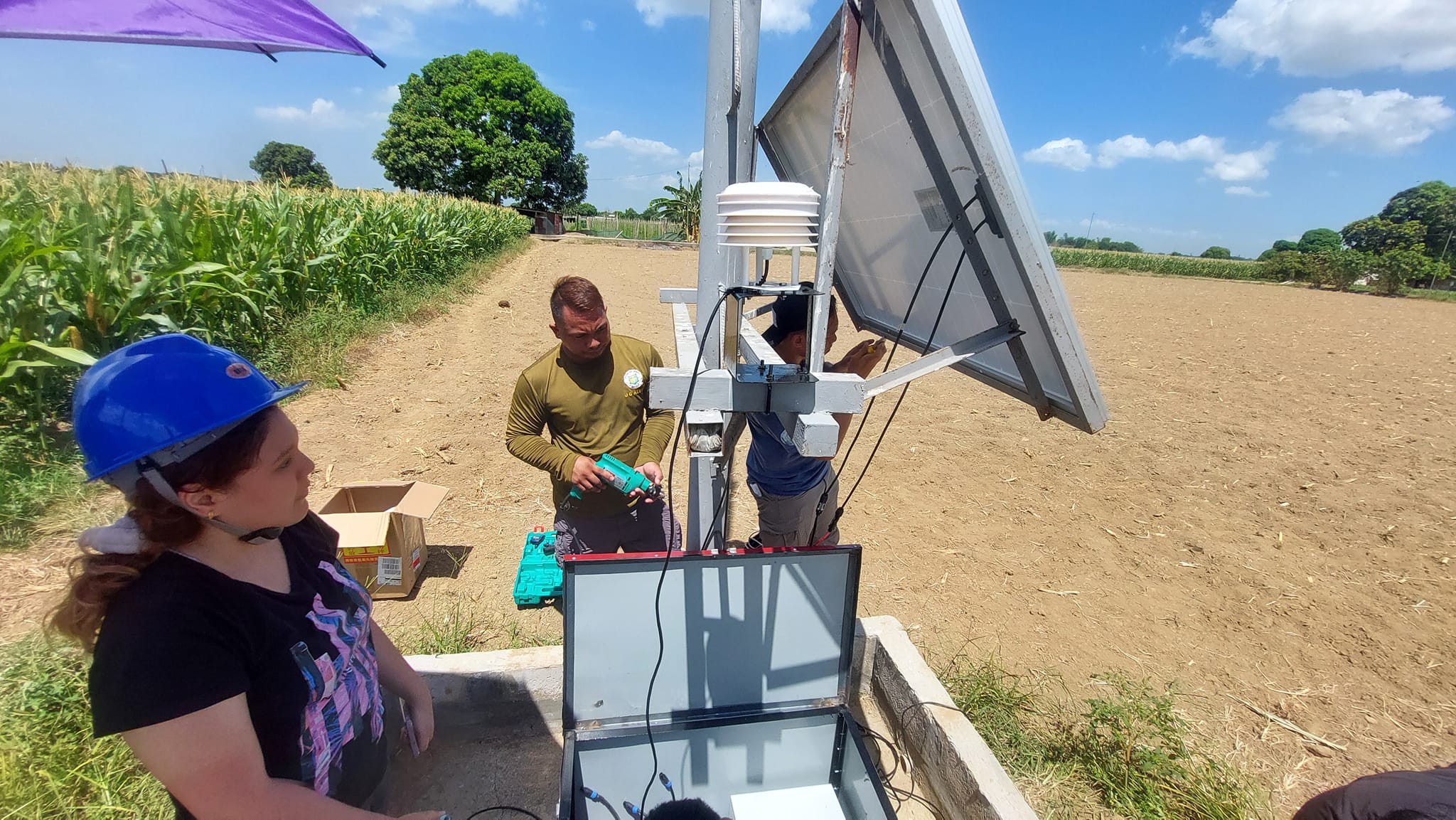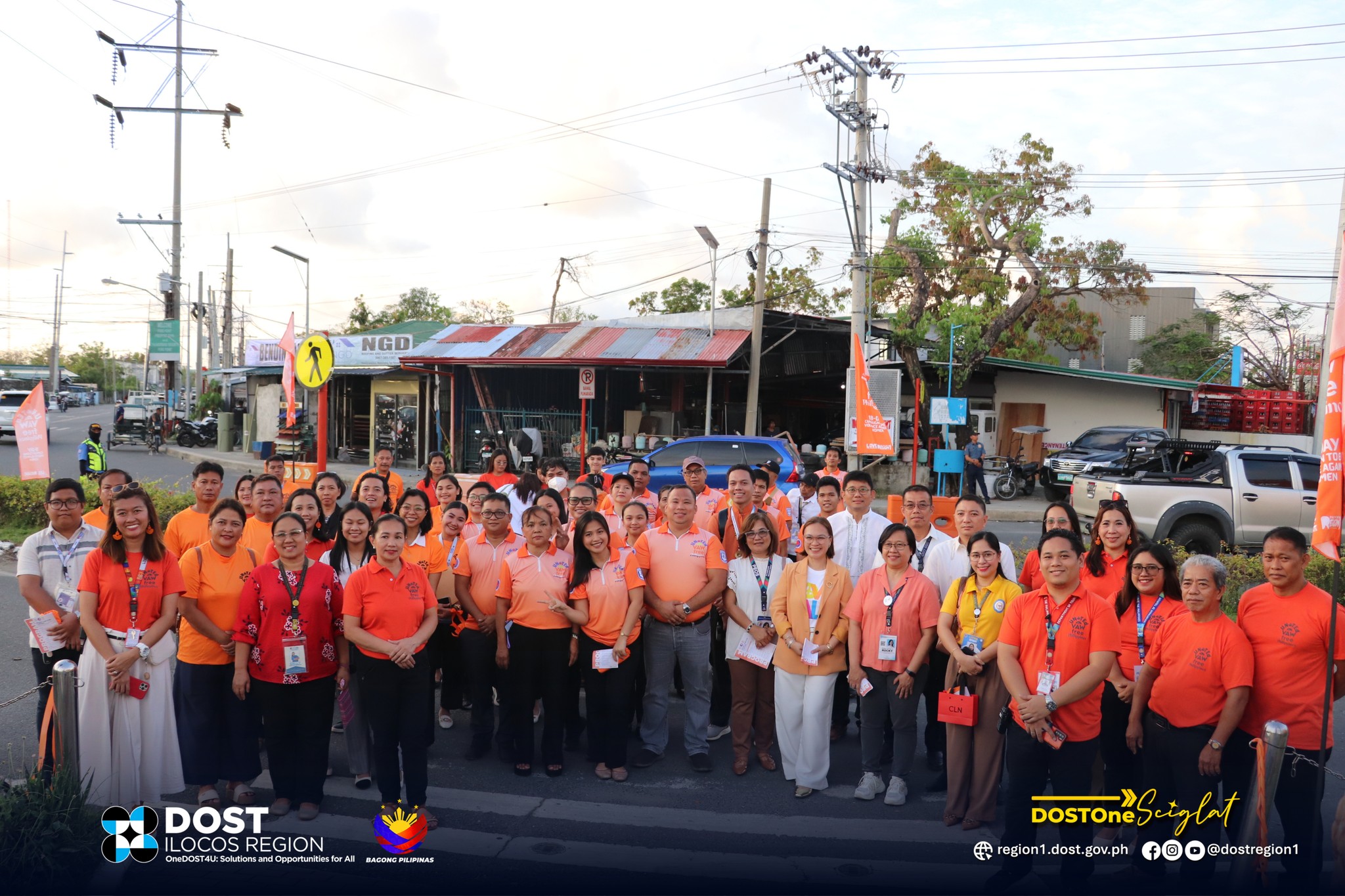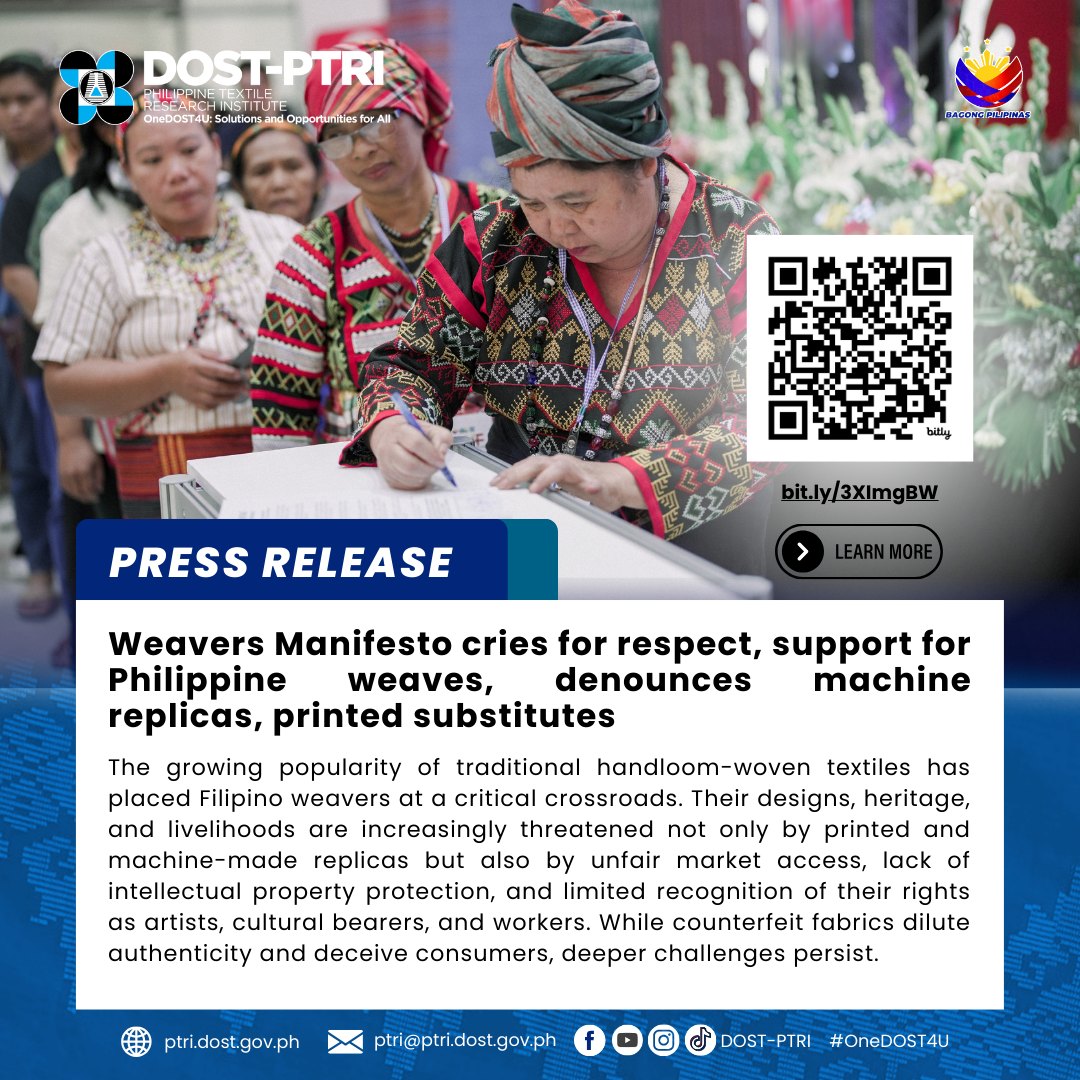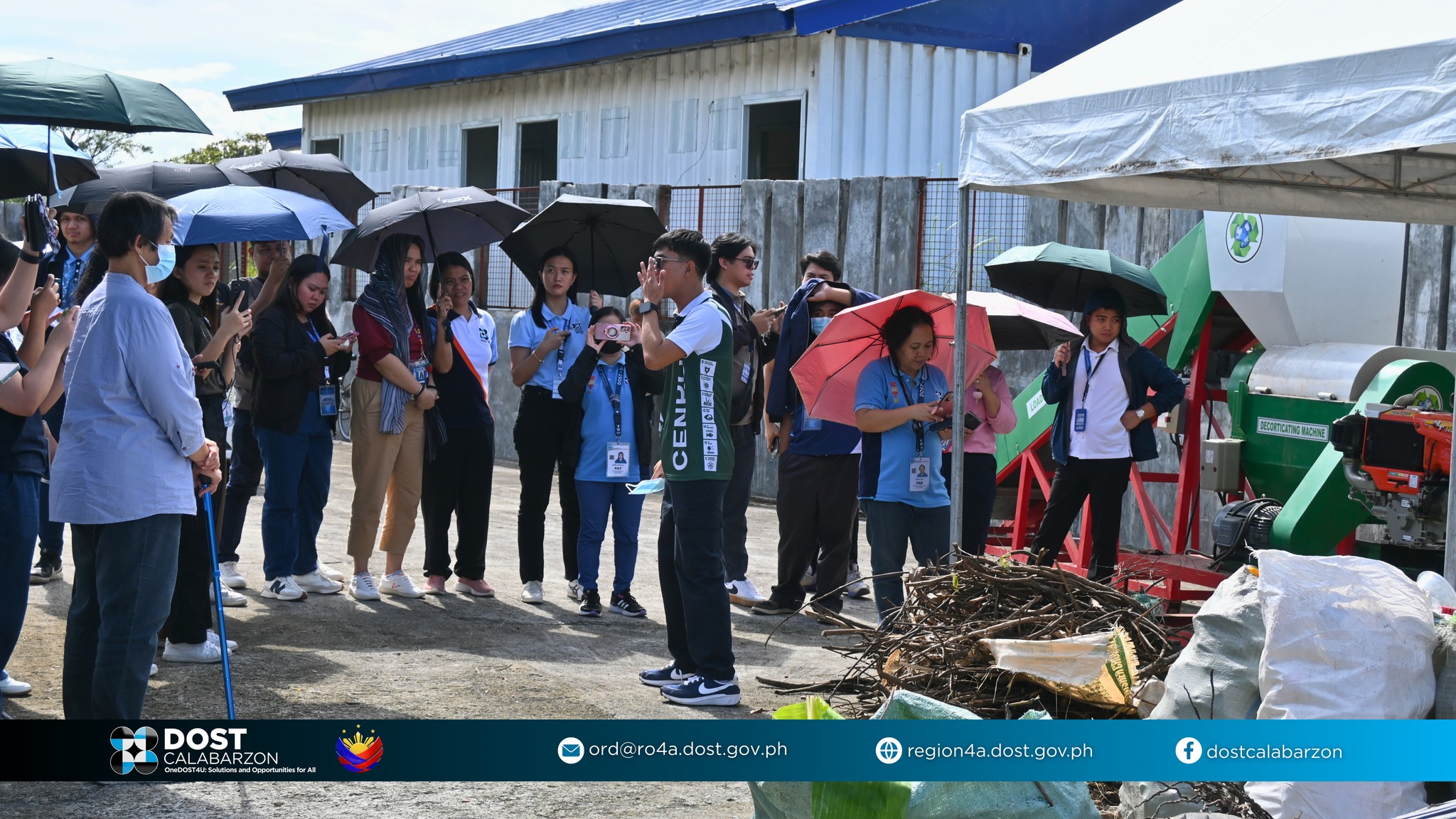MANILA, (PIA) — The Department of Science and Technology (DOST) and the Mapua University in Manila have unveiled a new localized weather monitoring system to strengthen the Philippines’ preparedness for the impending La Niña weather phenomenon.
The technology, dubbed WEHLO (Localized Weather, Environment, and Hydromet Monitoring System), was developed by Mapúa University’s School of Civil, Environmental and Geological Engineering led by Dr. Francis Aldrine Uy. WEHLO aims to augment existing disaster risk reduction efforts as the country braces for La Niña’s impact.
“We go beyond immediate response,” said DOST Secretary Renato U. Solidum Jr. “WEHLO is a long-term solution, promoting sustainable development through reduced disaster risks.”
WEHLO is a product of the DOST-Philippine Council for Industry, Energy, and Emerging Technology Research and Development’s (DOST-PCIEERD) Funding Assistance for Spin-off and Translation of Research in Advancing Commercialization (FASTRAC) Program. The project received P15 million in funding.
WEHLO offers several advantages:
- The system adheres to World Meteorological Organization (WMO) standards.
- WEHLO builds upon existing sensors used by DOST’s PAGASA weather service, offering more precise local data.
- The system allows for manual calibration to meet specific user needs. This translates to localized weather data encompassing rainfall, temperature, humidity, and more.
- WEHLO ensures continuous data transmission, even during power outages or weak mobile phone signals.
Deployment and applications
WEHLO has already been deployed in partnership with local government units (LGUs) in Infanta, General Nakar (Quezon province), and Pantabangan, Angat (Bulacan). This real-time data empowers municipalities for improved disaster management.
Beyond weather monitoring, WEHLO has applications in watershed management, assisting dam operators and agricultural practices. Users can access data via the WEHLO web portal or a mobile app with an alert warning feature.
Last year, WEHLO proponents and DOST-PAGASA signed a memorandum of agreement to facilitate weather data sharing between the two parties.
With the Philippines experiencing an average of 20 typhoons annually, and La Niña expected to bring intensified rain, WEHLO serves as a valuable tool for the country’s proactive approach to disaster preparedness. (PIA-NCR)












